Why CEOs of SMEs consider Inbound Marketing to target millennials
Contributors:
Amol Ghemud
Published: August 14, 2018

If you ask any millennial what life was like before Twitter, Facebook, YouTube, and Instagram and they probably will struggle to tell you exactly. Indeed, social media, blogging, and digital content consumption have become very common amongst the population as a whole, but perhaps most markedly, within the millennial population.
Marketing to millennials can be tricky business
The goal of any marketing strategy is to connect through thoughtful content which is usually directed using segmentation and targeting strategy. Online marketing is on the cusp of a major transition. Merely pushing content out on the internet is no longer productive, rather, quality is preferred over the quantity of content.
Teenagers and young adults respond positively to funny, inspirational, and thought-provoking content far more than direct or traditional advertising tactics. On the heels of these preferences has developed “in-feed advertising” in which ads are made to look like any other post within a user’s Facebook, Twitter, or Instagram feed. Inbound marketing in 2018 to target millennials is gaining importance.
Besides knowing what to say to millennials, it’s important to know what devices they are using to access the internet and to optimize your marketing campaign according to that data. An Entrepreneur article stated:
“Brand marketers would be wise not to underestimate the importance of being in the right place at the right time with the right message to reach millennials. If your company is heavily targeting the group — like Converse or Red Bull — you already know that millennials are everywhere online today and they’re accessing and interacting with your corporate brand from countless devices.”
Want to use inbound marketing to boost your marketing efforts?
THE BROAD RANGE OF MILLENNIALS
But who are millennials in reality? They are about a twenty-year age range. In 2018, a Millennial could be anything from an 18-year-old college going boy still living with their parents, to a home-owning family man in their mid-30s. So inbound marketing in 2018 to target millennials must be cater to the above mentioned age group.
Many people feel it’s too broad – as there’s a huge amount of diversity among Millennials.
Millennials want to feel connected with the brands and involved with them when it comes to their purchase decisions, and traditional marketing does not encourage this moreover it’s a one-way traffic. Outbound marketing methods, like magazine ads, television ads and radio spots, do not impress Millennials. Seldom do they even subscribe to such magazines and emailers. Making of the best ads for millennials will not yield fruitful results.
For the young consumer, these campaigns are impersonal and company-focused, filled with logos and void of any real substance. This generation demands more customer-driven, personalized marketing efforts from the companies.
Here comes the role of inbound marketing. We need to understand one thing, millennials and brand loyalty do not intersect so easily. Brands that appeal to millennials are usually present on technology driven platforms and companies that target millennials need to be present there.
WHAT IS INBOUND MARKETING?
Inbound marketing is a marketing concept where marketers attempt to “pull” in potential customers with interesting content. Also called content marketing, it involves creating blog posts, social media, infographics, white papers, email newsletters, and other content that people actually want to read. Search engine optimization, paid discovery, and paid search help people find marketers’ content.
If it’s engaging enough, they interact with it, reading and sharing, and come away with a positive impression of the brand that influences later purchasing decisions.
Inbound marketing is very hands-off and indirect: there’s never a noticeable sales pitch. Inbound marketing nudges customers down the sales funnel by increasing their engagement with the brand. Here’s an illustration of how it works.
Inbound is designed to bring potential customers to your startup who are actively in the market. It’s about getting found when they’re looking, rather than forcing your message on people who may or may not be interested.
WHAT MAKES INBOUND THE BEST IN 2018?
One of the biggest strengths of inbound marketing is that it is focused on providing value to your prospects. It’s educational and often non-promotional.
Since inbound marketing aligns with the buyer’s psyche, it builds a relationship between your prospects and your brand. This also attracts prospects to your brand at the right time, as opposed to interrupting them at a time when they are NOT in the market for what you offer.
For this reason, buyers prefer inbound marketing over outbound marketing. Instead of being annoying, it helps them.
Generally speaking, inbound marketing requires a higher upfront investment and brings slower results for the first several months. However, those initial stages are necessary to build your digital marketing assets, increase your presence online, and rank higher in search engines.The other major strength of inbound marketing is the long-term ROI.
Over time, the value of those assets increases at a higher rate than they cost to maintain or improve. Digital assets like blog posts and premium offers can continue to generate leads years after they were originally created without costing an additional penny.
SO, WHAT ROLE DO MILLENNIALS PLAY IN INBOUND MARKETING?
Let’s think for a second about who in this world has the most digital fluency. Generally speaking, the answer is Millennials. With a little over 95 million people strong in USA alone, this generation can’t be overlooked. The number are far higher in India with a strong consumer base of 400 million millennials constituting one third population of India.
This staggering number increases even further if we consider the upcoming Generation Z summing it to total of 800 million plus.
Young adults practically live on their phones. They are obsessively browsing social media for hours and hours of the day. They favor inbound marketing because, naturally, they can relate and understand how it works. The current generation almost always goes straight to Google for answers to their questions. This means that there is constant subjection to digital media and the Internet.
Inbound marketing often comes into play during the Millennial buying process.
Millennials are thrifty and economical with their money, so rather than seeing an advertisement and running out to buy a product, they often prefer to research the web to determine the pros and cons of buying the product or service.
People don’t want to be interrupted with obnoxious ads while doing their morning scroll through. They would rather determine on their own time whether or not they are ready to make a purchase decision. People want to feel a personal connection during their purchase process. They seek to find great reviews and referrals.
They are not interested in the interruptive ad sent to their phone. In fact, they are probably more annoyed with it than anything.
Something else to consider is hiring Millennials to work with you as you practice inbound marketing. Millennials seem to grasp the concept much easier and are able to provide a unique perspective. A Millennial can easily identify with specific target audiences and is able to curate and brainstorm organic content and campaigns that would successfully illustrate a client’s product or service.
They can easily create relatable content, which means everything in the world of marketing.
1) Live by your MissionTAILOR STRATEGIES AND TACTICS ACCORDING TO MILLENIALS
One great way to appeal to millennials is to articulate your vision and your mission to elicit an emotional response to your brand or message. Millennials want to be a part of something bigger than themselves, so your marketing strategy should clearly show why you do what you do and why they should be a part of the cause as a consumer.
Ask the question in your company
what do millennials look for in brands?
2) New Social Networks – Add and Reap
As soon as a new social network or platform becomes popular with millennials, it’s important to quickly add it to your marketing strategy. This positions you as an early adopter of the network, while enabling you to target the millennial audience before a network or platform starts to get crowded. Stay on top of new platforms via tech or media blogs, and don’t hesitate to experiment when you join a new site.
3) Great Content Matters
Millennials are not into traditional advertisements. Instead of focusing marketing spend on ads, it’s great to focus on writing valuable content. Content that is informational and actionable is the key.
If you provide millennials with information that can help them, they are more likely to think positively about your brand. Outsource your efforts to a digital marketing agency, they can deliver great results with engaging content.
4) Value Offered is Value Created
Millennials, just like other generations, are always looking for value; they’re not always trying to get the best for less. They want to know that they’re part of an exclusive club and will readily support an underdog. Digital marketing agencies can create value for the millennials and in turn drive sales and results for your company.
5) Make It Good and Make It Easy
Capturing the hearts of the millennials is of prime importance. This means you need to connect with the millennials to drive meaningful sales from them.
Addition a social-impact element as part of the marketing initiatives can help this happen. Millennials gravitate towards companies that are doing good and want to get involved in their favorite brand’s “giving back” efforts. Also, make sure that “good” action is streamlined and easy!
6) Honesty in Content Drives Results
Millennials will find the money to buy something of value, but they don’t respond well to sales gimmicks or free offers. Investing in content and community building are important, but the company must also be vocal about the same. Company should seek millennials who are also remote consultants or company owners to know that most of the revenue goes to making our product better.
7) Focus on Convenience
Having grown up with on-demand entertainment, millennials crave convenience in any new product offerings. The success of companies such as Uber, Dropbox, and Airbnb have largely been built around convenience and ease of use, as opposed to breakthrough technologies.
8) Bring Key Influencers into Your Community
It’s not enough to just create a conversation around your brand. With millennials, you need to find the people they consider influential in your niche and specifically get them involved in the conversation. These influencers can tap their own networks and draw in more online participation, which is key for marketing to millennials because they want to be part of the creation process.
9) Empower Personal Expression
Millennials have always been known for valuing uniqueness and individuality. They want to be different from the masses. Embrace the trend of co-creation by giving users the option to customize their product and by giving them a sense of control over their experience.
10) Go Mobile First
If you aren’t thinking mobile first to reach millennials, you won’t be successful. This group is spending more time on their mobile devices than any other platform and are making their decisions utilizing their mobile devices.
11) Incorporate Video
Younger demographics gravitate more toward online videos than any other medium, and adding video opens up new SEO routes as an added bonus.
Want to use inbound marketing to boost your marketing efforts?
CONCLUSION
Millennials are wired to want authentic, content-driven, personalized, and above all HONEST experiences with the brands they interact with. Understanding this, and working it into your marketing, will be key to converting Gen Y customers and turning them into fans of your brand.
Understand that, and you should have success creating inbound campaigns and advertising to Millennials.
About the Author
Optimizer in Chief
Amol has helped catalyse business growth with his strategic & data-driven methodologies. With a decade of experience in the field of marketing, he has donned multiple hats, from channel optimization, data analytics and creative brand positioning to growth engineering and sales.
 Growth Strategy and Planning
Growth Strategy and Planning Inbound Growth
Inbound Growth Growth Hacking
Growth Hacking Search Engine Optimization
Search Engine Optimization Paid and Performance Marketing
Paid and Performance Marketing Social Media Marketing
Social Media Marketing AI-Driven Growth Strategy
AI-Driven Growth Strategy
 Growth Tools
Growth Tools Offers
Offers









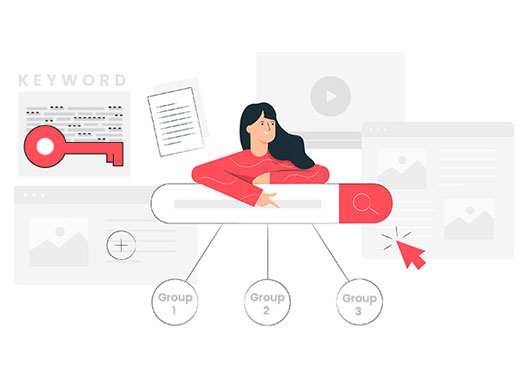



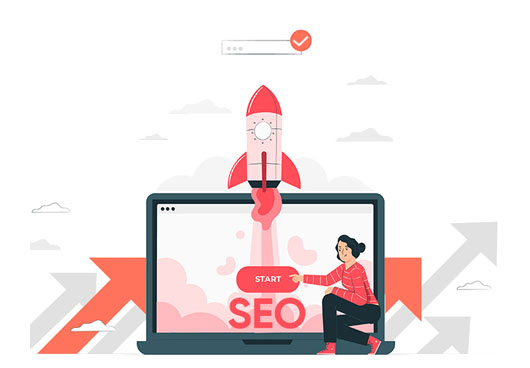
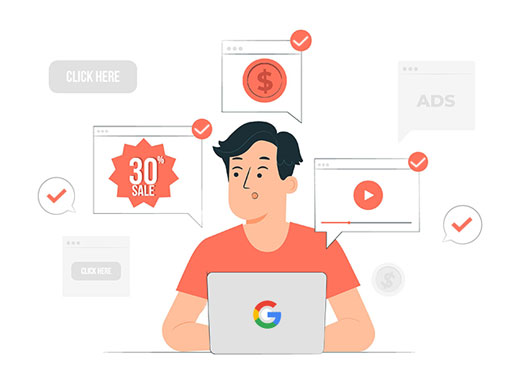
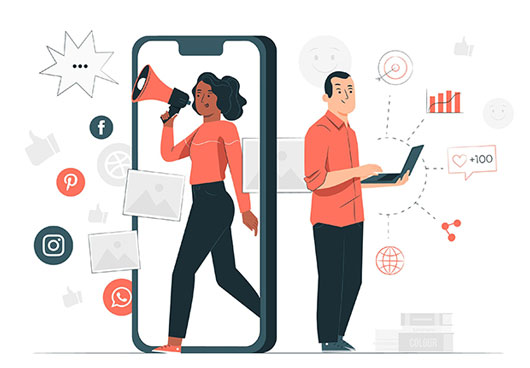



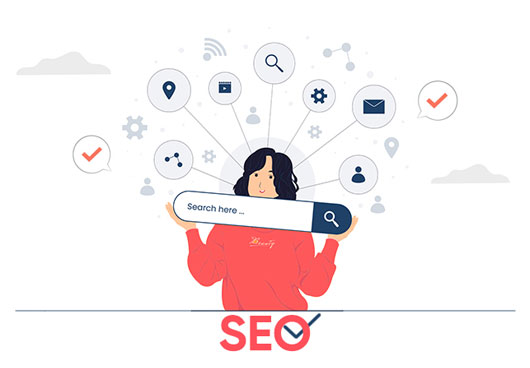


Leave a Reply